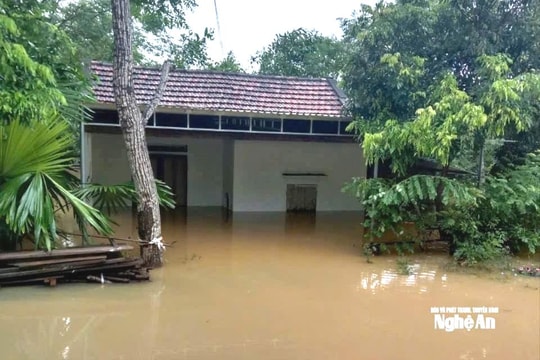Many farms in Nghe An were deeply flooded, hundreds of thousands of chickens died.
Storm No. 10 landed in Nghe An, causing heavy losses to the livestock industry. Hundreds of thousands of dead chickens floated in the coops, leaving many farm owners penniless. Faced with this reality, the story of responding and adapting to natural disasters is becoming a matter of survival for livestock farms.
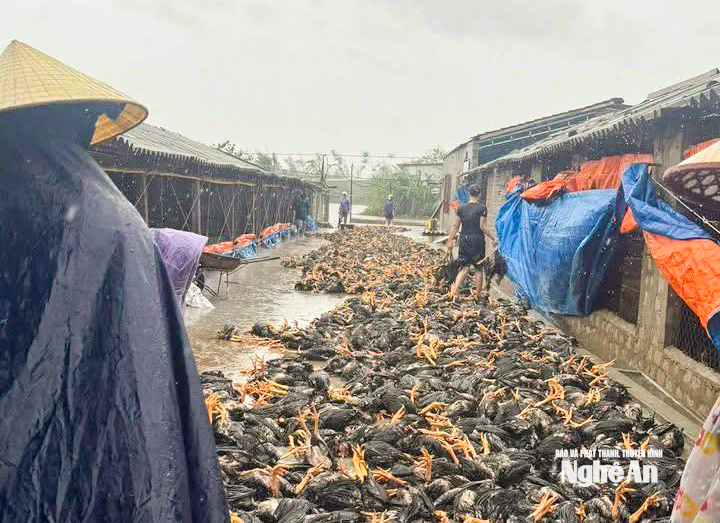
Torrential rains combined with rapidly rising water levels submerged many chicken farms in An Chau commune. Initial statistics show that up to 6 large chicken farms in the commune suffered serious damage, with more than 40,000 chickens dead. The most heartbreaking was Mr. Nguyen Van Sy's household with about 20,000 chickens, all his efforts and capital invested in the chickens were gone overnight.
Looking at the scene of chickens dying in the coop, Mr. Sy was heartbroken: “All of the family’s assets were invested in raising livestock. Now, the storm has hit, the chickens have died in the coop, causing heavy damage, the family’s business and livelihood have been swept away by the flood.”
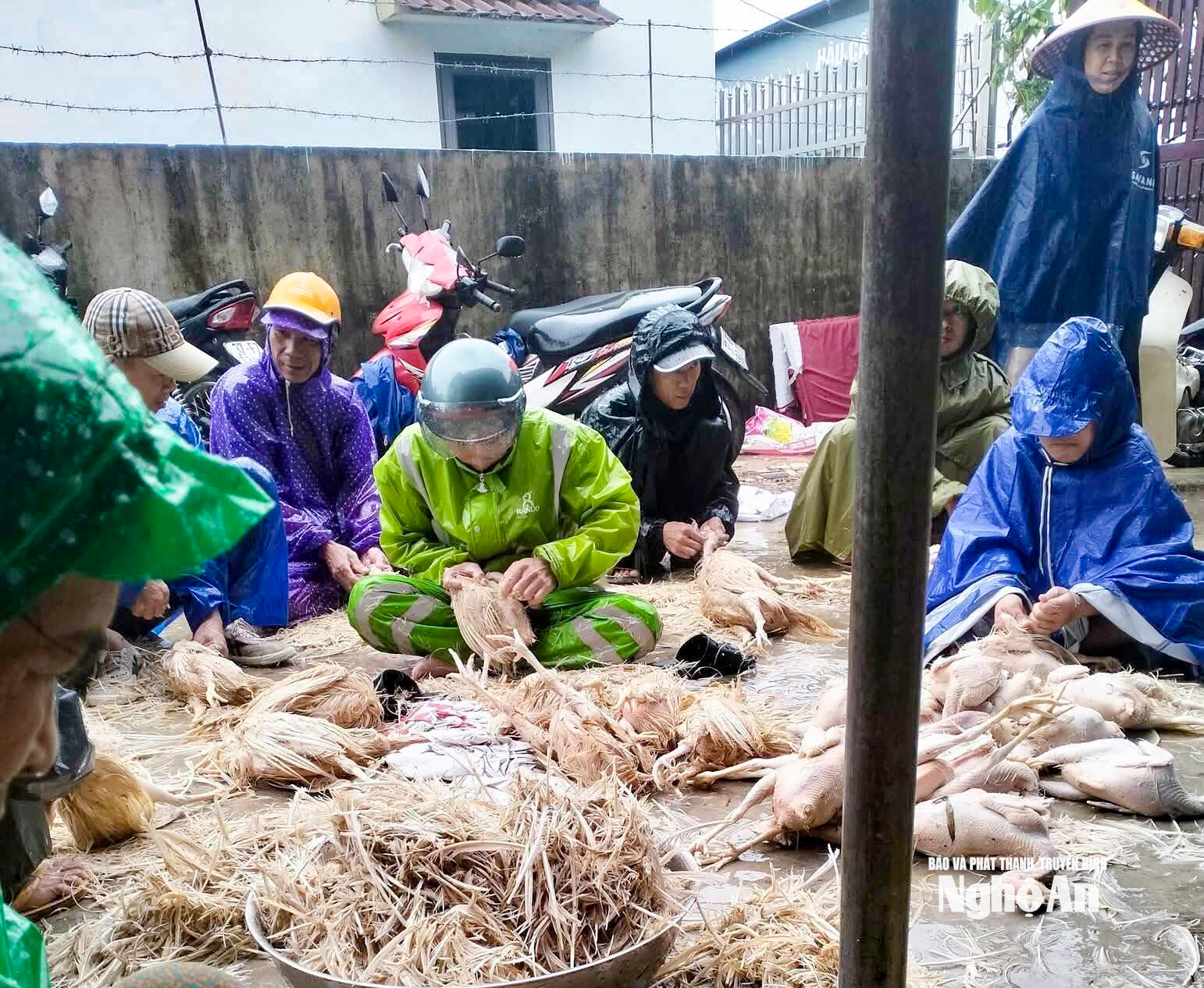
Not only An Chau commune, many farms and ranches in other localities also suffered heavy losses. In Xuan Lam commune, Ms. Cao Thi Mai Phuong's chicken farm was flooded and lost power, causing 1,500 chickens to suffocate. In an effort to save the situation, local organizations called for "rescue" of chickens via social networks. People in the area came to pluck feathers and slaughter them to sell, helping the family recover somewhat. But in reality, with such a large number of dead chickens, the support was just a drop in the ocean.
In Thuan Trung commune, Tran Huu Duc's chicken farm suffered a roof blown off, water flooded deep, and 5,000 young chickens died. The chickens had not yet reached commercial weight so they could not be sold, forcing the farm owner to destroy all of them.
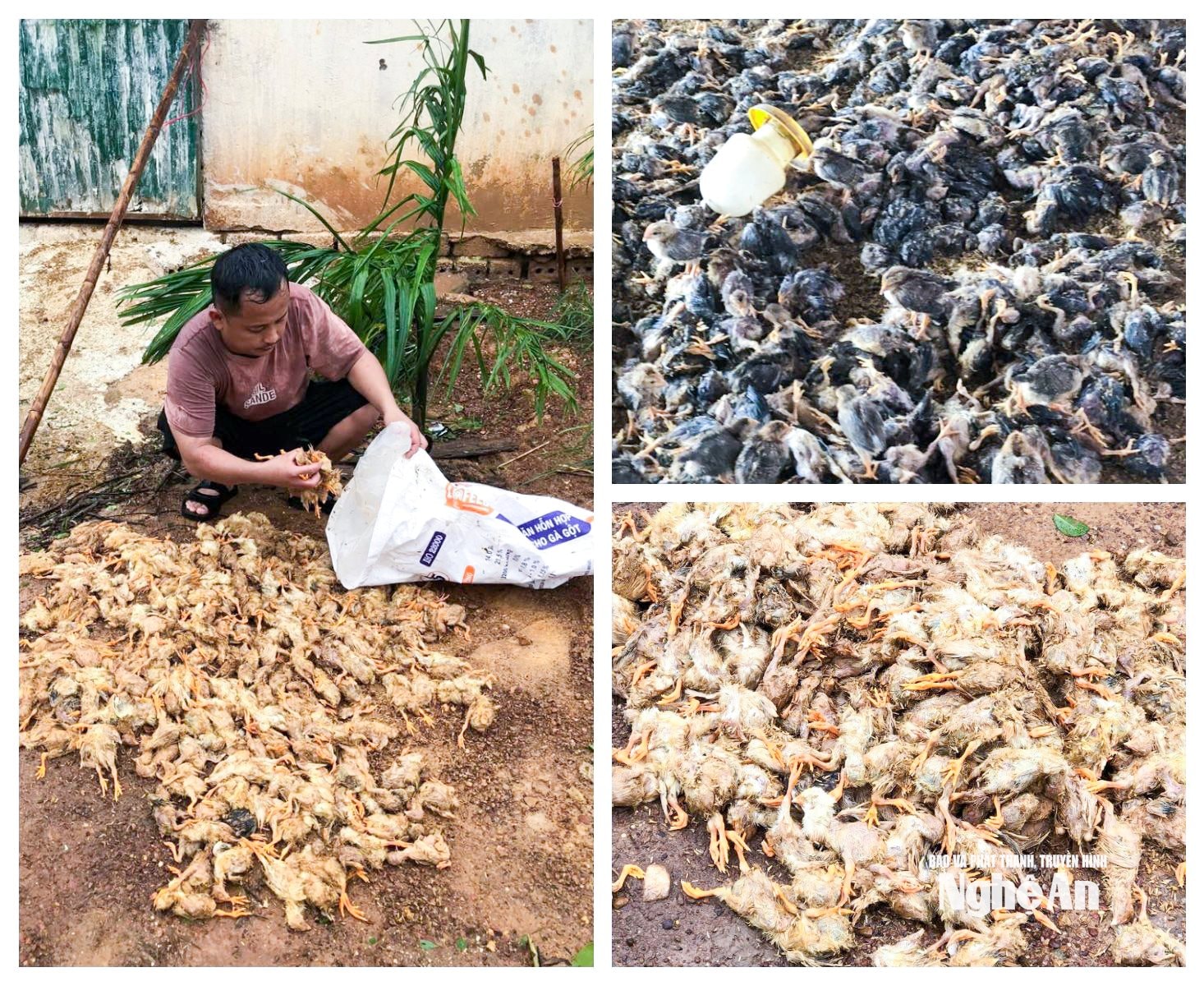
The biggest damage that farms are facing is not only the loss of chickens, but also the risk of disease after the storm. Flooding, decomposition, and environmental pollution cause pathogens to spread. Dead chickens need to be collected and treated urgently, otherwise it will cause widespread epidemics. The government and veterinary agencies have recommended that people immediately carry out 6 steps to clean and disinfect barns after the flood: from collecting poultry carcasses, cleaning barns, spraying disinfectants to reinforcing barns, clearing sewers, and sprinkling lime powder for disinfection. These are urgent tasks to limit the risk of disease and create a foundation for restoring production.
Looking back, storm No. 10 has revealed many limitations in disaster prevention work on livestock farms.
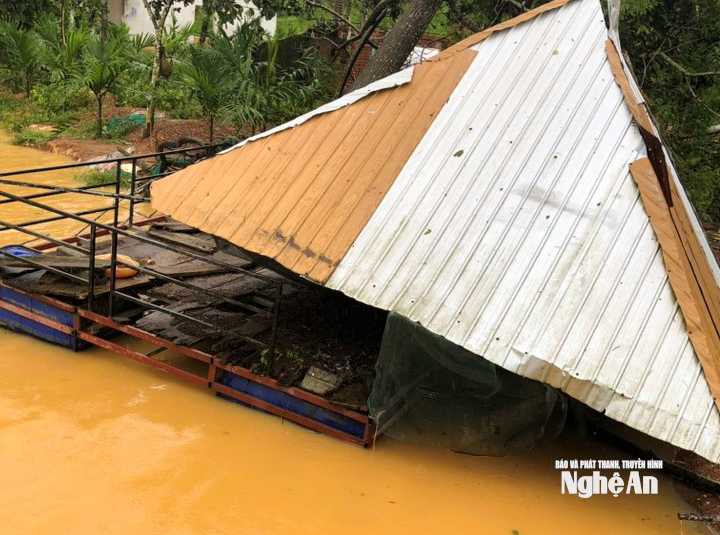
Experts recommend that livestock farmers should regularly monitor weather forecasts, proactively reinforce their barns, and cover them to avoid rain and wind. In low-lying areas, it is necessary to have a plan to move livestock to higher ground or evacuate them to a safe place. Some households can use bricks, bamboo, and wood to raise the barn floor, or prepare boats, bamboo rafts, and foam boxes as means of evacuation when needed. Barns also need to have a good drainage system to avoid water stagnating for a long time.
After storms, the risk of disease outbreaks is very high, so it is necessary to regularly spray disinfectants, clean feed troughs and drink troughs, and treat water with safe chemicals.

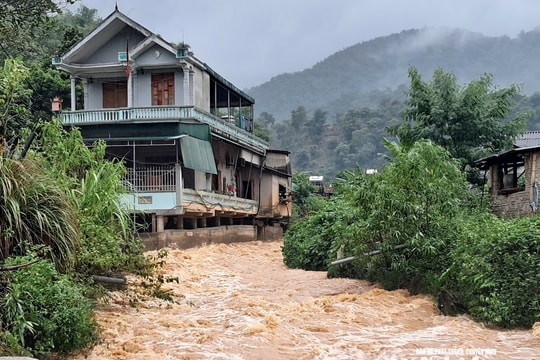
.jpeg)
